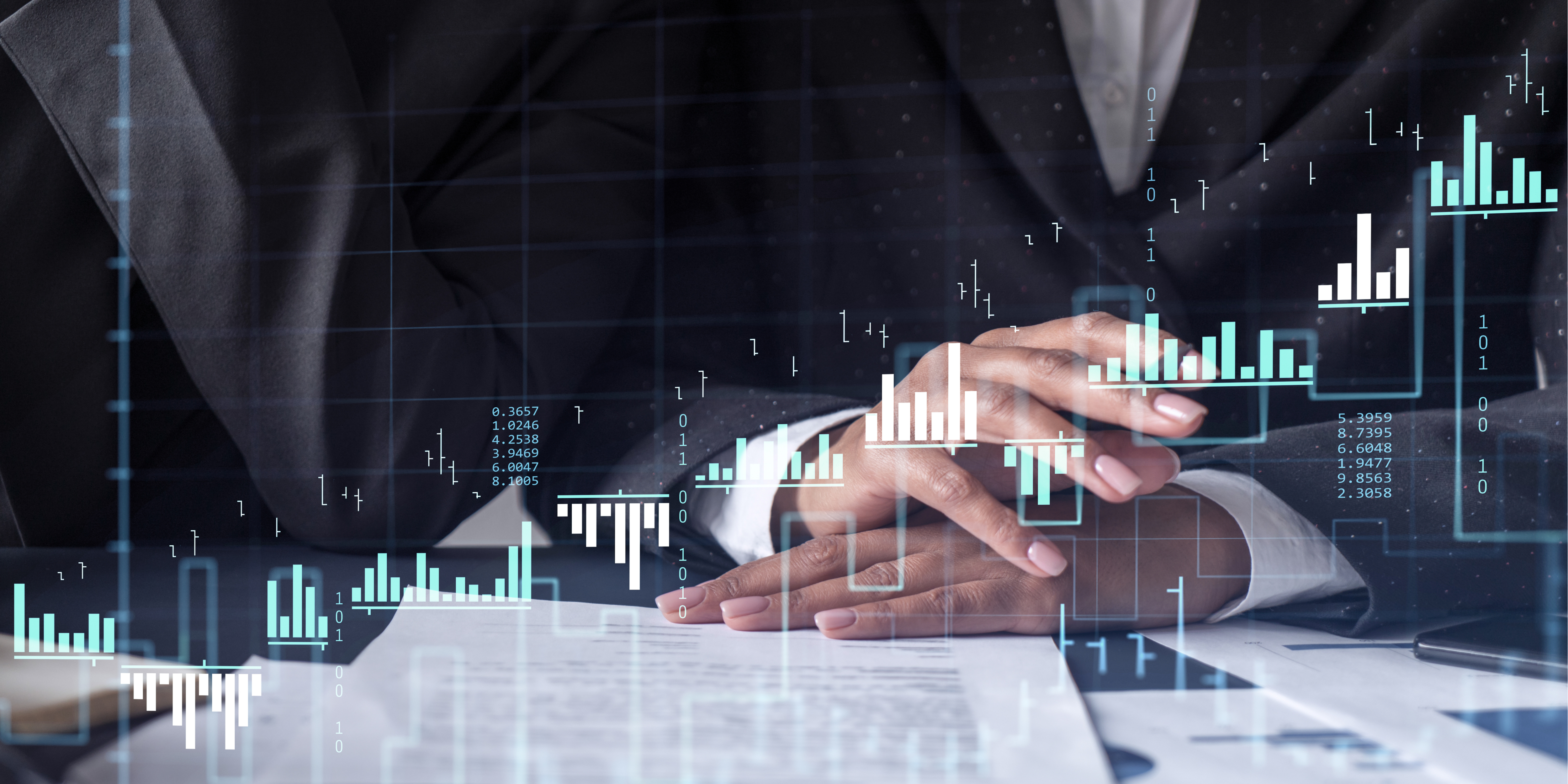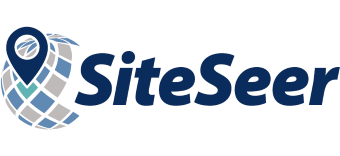
Planning a new location for your retail or service business?
Whether this is your second location or your 100th, you know that the success of your business – and perhaps your job – depends on meeting your sales targets. So how do increase your odds of opening a successful store?The largest and most successful retailers struggle with this question too. Even with the best tools, data and technology, and the most experienced real estate brokers and analysts, forecasting the future is inherently difficult. Here are a few key facts to understand about sales forecasting:
-
Sales forecasting models use current and past events to predict future events.
Even in the best circumstances, the future is unpredictable. Models use data – known information about your existing stores, customers, and markets – together with assumptions – unknowns, such as how a competitor will react or perform against you, how your marketing will be received or how customers will feel about your store managers and personnel – to simulate what will happen when you open your retail store. Since you can’t control how the marketplace will react to your entry, your assumptions are at best an educated guess. But unlike a guess or gut feel, good data combined with the right sales forecasting techniques/sales forecasting software greatly increase your chances of making good decisions. -
Good data is necessary to produce accurate forecast models.
Typically, the most expensive part of building a sales forecasting model is the data. That’s for two reasons: 1) good data is expensive to collect and prepare and 2) it requires many different types of data to measure all the effects on a store. Luckily for us model builders, new and exciting data sources are being released all the time. Cell phone location data has provided new insights that were previously impossible or not cost effective to achieve even a couple of years ago. It can be difficult for those building models to separate data fact from unscrupulous marketing and it’s important to remember that no single data source will explain the complex world around you. -
Predictive modeling techniques are improving.
Advancements in artificial intelligence and machine learning have been a game changer in recent years. In years past, forecasting was often done with statistical models such as regression formulas or decision trees. These approaches worked in a narrow set of circumstances and required frequent updates to adjust to a changing world. By comparison, machine learning models are much more adaptable and accurate in a wider range of circumstances. However, that brings us to the next point… -
Simple sales forecasting techniques are sometimes better.
Although AI and machine learning have undoubtedly increased the accuracy of predictive sales forecasting models, this doesn’t mean that trusted techniques from the past are obsolete. Nearest-neighbor or analog models where one evaluates a site based on how similar it is to one’s existing stores can provide insights that are not easily produced with other methods. Spatial interaction or “gravity” models still produce highly accurate results in the right hands. And for those retail chains with few stores to learn from or “train” a model, there is still value in key performance indicator scorecards and checklists. The key with techniques like analogs, scorecards and spatial interaction models is that they require more training and experience to use correctly. The simpler approaches often require much more “art” or better assumptions to produce accurate results. -
More forecasts are better than less…more or less.
Using multiple forecasting methods can increase the odds of an accurate forecast and provide insights that a single forecast will not provide. If one uses three different methods and each method arrives at a similar forecast, the odds of the store being successful increases. However, if two models are in agreement and the third is not, then it is important to understand why the models differ. The caveat to the more-is-better rule is when your models all agree with each other because they use similar approaches to arrive at the forecast. You want to make sure that each model you use either uses different data or different techniques to arrive a forecast. For example, using a random forest (decision tree) based model and a nearest neighbor/analog model. -
Use, learn, improve, repeat.
Rarely is a sales forecasting process one and done. It is important to track modeled results against actuals, and research why a forecast worked or didn’t work. Even with techniques like machine learning that can adapt to a changing business environment, it is still necessary to evaluate and improve models on a regular basis. Perhaps you will learn that you need a better process for measuring the effect of marketing on store sales, or that you are underestimating your competition. New data sources and techniques can also warrant changes to your sales forecasting process. -
Don’t compare your results to others.
Last year you hit some of your forecasts and missed others. This makes you wonder whether your sales forecasting process is good enough. And you’ve heard claims from a colleague at a big restaurant chain that they forecast with 90% accuracy and your numbers don’t look as good. The reality of forecasting is that every business is different and your accuracy will depend on a small number of factors you can control (such as data and techniques) and a myriad of factors that you can’t control (such as the industry you are in, the number of stores you operate, the predictability of your inventory, marketing and operations and much more). There is no benchmark for a successful model. The best advice is to find a partner that you can trust to help you navigate the complex world of sales forecasting. -
Stuff happens.
Well-planned forecasts can suddenly go awry when unknowns come into play. Your biggest competitor opens up a store around the corner. The city embarks on a construction project on the street right in front of your restaurant six months after you open. COVID-19 quarantines your customers and your business model is suddenly turned on its head. Understand that any model is only a tool that doesn’t replace experience, adaptability and critical thinking skills.
Forecasting isn’t fortune telling. It’s risk management. A good forecasting process will never approach 100% accuracy or keep your retail chain from making decisions with poor ROI. It will, however, provide your company with a process for evaluating site and store decisions that will lead to greater consistency, more confidence, and more successful stores. And for most chain businesses, it will likely pay for itself in higher sales.


